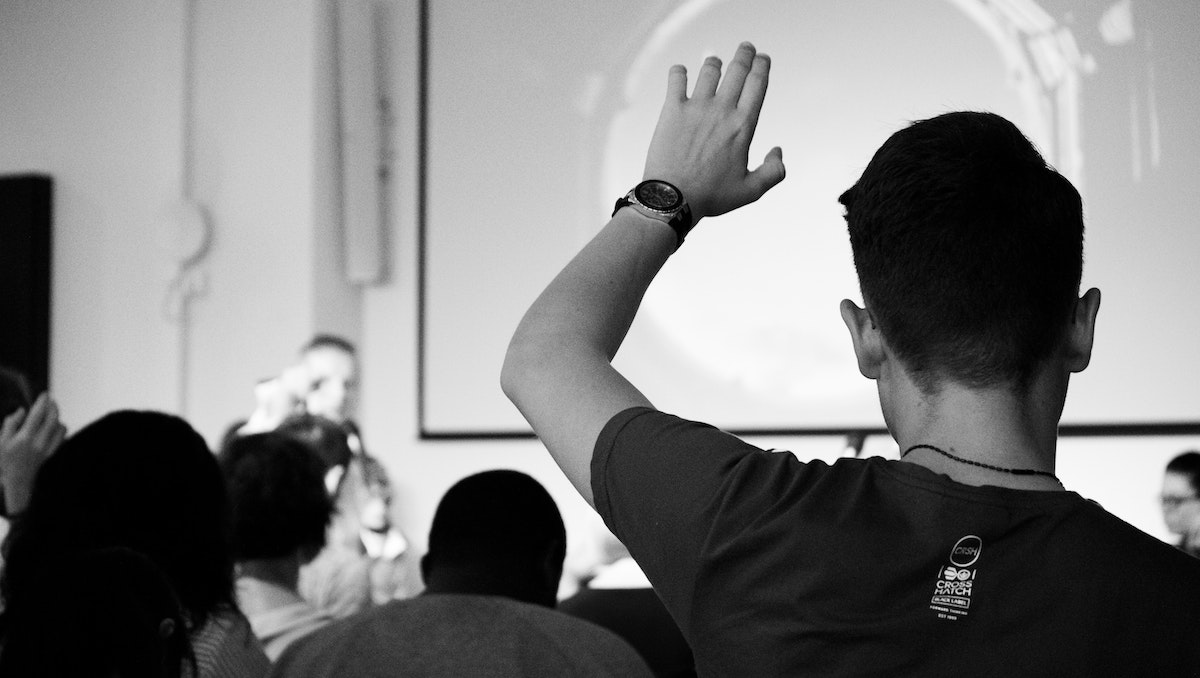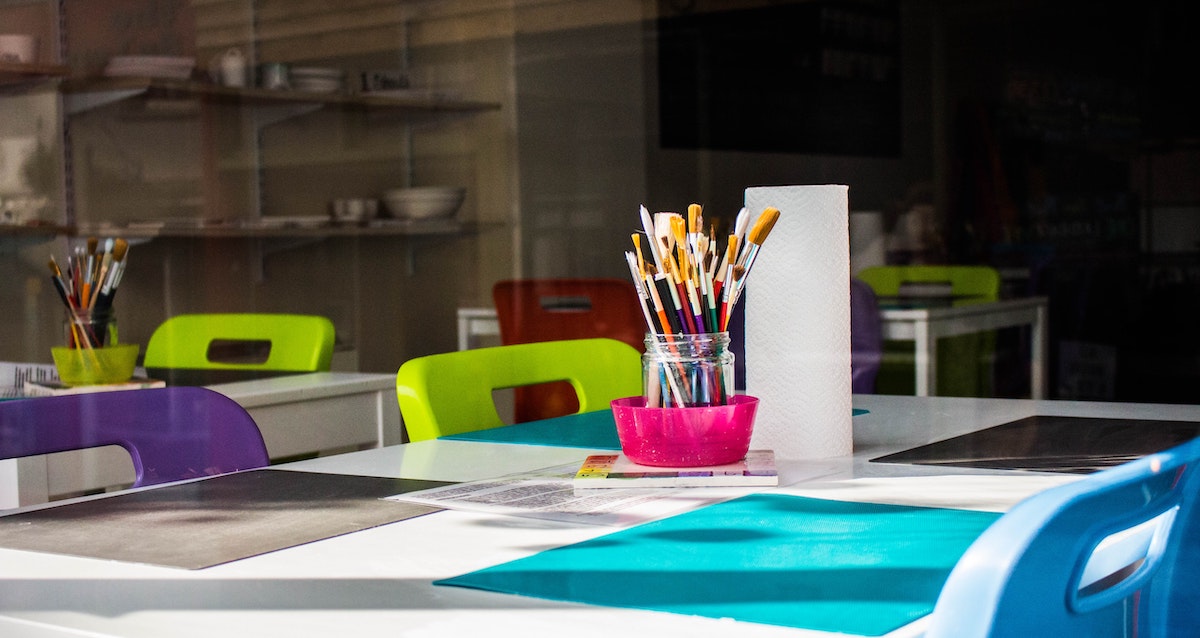We are in unprecedented times for education. Decades from now, pre-service art teachers will be studying the ways that 2020 changed and shaped philosophies and practices of art education for the next generations. The next few months will determine the path forward for education—not just for this school year, but for the foreseeable future. That is why you need to make your voice heard. This does not mean venting frustrations on social media. This means action. Get yourself into the room where the planning and strategizing are happening. Contact your administrator, get together with other art educators, and write a letter to your school board, make allies with influential parents.
Now is not the time to be shy or timid. Now is not the time to assume other teachers are doing it for you. Now is the time to act.

It is easy and comfortable to think the changes to public education will be temporary and fleeting. Still, it is more likely that permanent systemic changes will result from what happens in our classrooms over the coming months.
Over time, our professional practice will try to revert to what it once was, but the “Pandora’s Box” of digital education has opened. Educational stakeholders are now interested in the best versions of what they witnessed during remote learning. This will not go away. COVID-19 has dramatically accelerated the journey toward blended learning, greater usage of learning management systems, and hybrid programs.
Regardless of what you believe about the usage of technology and its role in art education, you MUST get a seat at your district’s planning table. To quote Hamilton, you need to “Be in the room where it happens.”
Join the voices of other art educators. Register for the NOW Conference.
Why you need to make your voice heard…
This fall will set a “new normal” for art classes. Big decisions are being made about online curriculum, technology access, classroom space, schedules, traveling teachers, cleaning protocols, and safety guidelines. It is a very long list. The truth is no one knows exactly how to execute any plans. No administrator, school board, or district has had training on how to completely overhaul and reassess an entire system in less than six months. Depending on the state and region you live in, school is likely to re-open in one of the following unusual scenarios:
- Online learning continues for students and teachers across the board
- A hybrid learning model is created (a melding of in-person and digital instruction)
Why You Should Stop Posting and Start Talking

Under either of these circumstances, art education will have to adapt dramatically. While the CDC and state public health organizations are providing guidance, most implementation plans are being decided on a local level. This means your district leadership is currently being tasked with making huge decisions about academics, health and safety, communications, and facilities management, and (because the new school year is less than ten weeks away for most), they are making these decisions quickly.
How to Talk to Your Staff about the Power of Art
You know your job best.
Do not assume anyone knows how hard you work to connect with students in your physical classroom or a virtual one. Do not assume administrators will realize how important the arts are during a time of national crisis. Do not assume your community will advocate for the arts if they are threatened. During this period of rapid decision making, most administrators are trying to do what is best (and safest) for students and faculty.
10 Art Advocacy Resources Every Art Teacher Needs to Know About
While they are trying their best, they still don’t know what your workweek and schedule look like. They don’t always know the students as well as you do. They can’t be expected to know your supply list or your curriculum by heart.
If you are in the room, a part of the committee, or in communication with your administrator about reopening plans, you can quickly identify the options that best preserve the integrity of your program. As a creative thinker, you may offer insights for your program and school that an administrator has not even thought of.
How do you get a seat at the table?
While it would be nice to get a formal invitation to have a seat at the discussion and planning table, the truth is it’s unlikely to happen. If there isn’t room at the table, now is the time to “bring your own folding chair” and show up for you and your program anyway. This may mean you don’t see compensation for the hours you put in, but it will be worth it if it means you are allowed to keep teaching. If you decide to sit out, then you forfeit your right to complain about the changes.

Art Advocacy: Learning to Speak the Language of Your Audience
Ways to show up:
-
- Volunteer! Seek out the administrators forming the committee and ask if you can help.
- Email your principal. Ask how the planning process is going for your building and offer to provide support.
- Talk to colleagues in other districts. Find out what others are planning and if it might work for you. Share that information with stakeholders. For example, “Did you hear about District XYZ? They are trying ______ with their art program, and I think that could work for us.”
6 Facts That Show the True Importance of the Arts
A Step-by-Step Guide to Standing Up for Yourself at Work This Fall
Realize what is and is not in your control.
Boundaries can be hard, especially when they are so nebulous. It is better to accept right now that you will not have an ideal teaching situation come this fall. We all wish we could change the world, that is why we are teachers after all! But there is only so much you can do. We are running a marathon without a finish line. Many decisions are not in your control. We are in the middle of pandemic and health and safety are a priority.
A Better Argument for Art Education
Stay Positive.
Our students need us, now more than ever. Faced with increased screen time throughout education, the ability to make meaning and problem solve through the hands-on production of art is essential to a whole and comprehensive education, not to mention the social-emotional benefits to students who have been isolated for months. As art educators, part of our advocacy script is continually championing the creativity and problem-solving students gain from our classes. Now is the time to model that! Show your students what it can mean to use art to survive and thrive in the face of adversity.
How are you making your voice and program a priority in school?
Why is it now more important than ever to advocate for arts education?
Magazine articles and podcasts are opinions of professional education contributors and do not necessarily represent the position of the Art of Education University (AOEU) or its academic offerings. Contributors use terms in the way they are most often talked about in the scope of their educational experiences.






